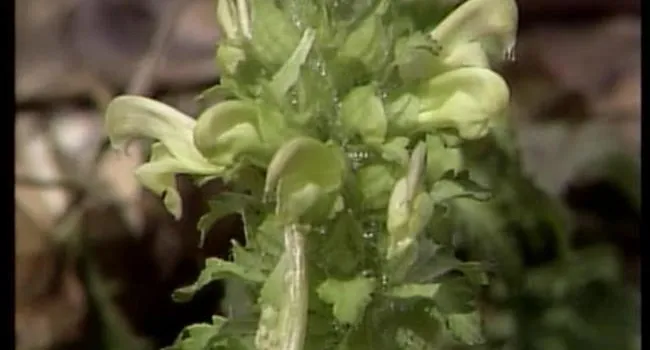
Video
Before the trees start to bloom, the flowers in the area explode with blossoms first. Here we see Lousewort and Pennywort flowers. While observing the flowers, Rudy and Jim come across a Black Chinned...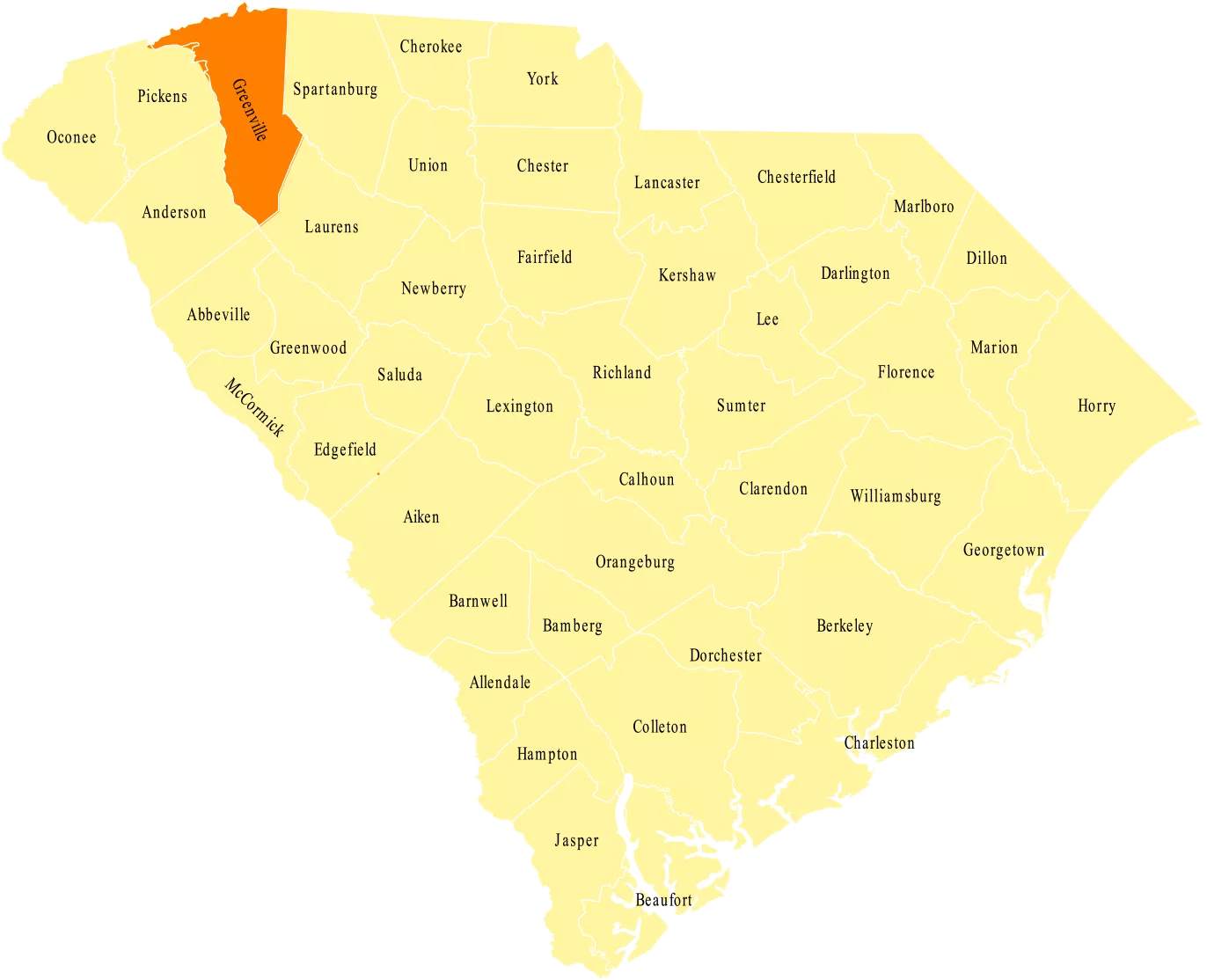
Greenville County, South Carolina’s most populous county, lies in the Upstate. Two popular opinions exist on the origin of the name of Greenville County and its county seat: Revolutionary War general Nathanael Greene or area local Isaac Green.
Cherokee Indians lived in the area first, but they eventually gave up control of the land to South Carolina in a 1777 treaty. After the signing of this treaty, a fair number of Scotch-Irish and English settlers came to the region. Soon after, in 1786, Greenville District was founded. However, this district existed within the Washington District from 1791 to 1800.
Although historically a vacation area for coastal South Carolina planters, the county’s rivers powered the majority of the county’s early economy. The river gave rise to iron works, cotton mills, and Greenville’s textile industry. From the Reconstruction Era until the late 20th century, the textile industry defined Greenville County’s economy, at one point so much so that the county earned the title of “Textile Capital of the World.”
Modern Greenville County’s economy has transitioned away from textiles. Over the last few decades the county has been the answer for many corporations wondering where to relocate. Greenville County’s economy now centers around technology, manufacturing, engineering, and business.
History of Greenville County. Accessed June 03, 2016.
http://www.greenvillecounty.org/
South Carolina Counties by Population. Accessed June 08, 2016.
ttp://www.southcarolina-demographics.com/counties_by_population

Video
Before the trees start to bloom, the flowers in the area explode with blossoms first. Here we see Lousewort and Pennywort flowers. While observing the flowers, Rudy and Jim come across a Black Chinned...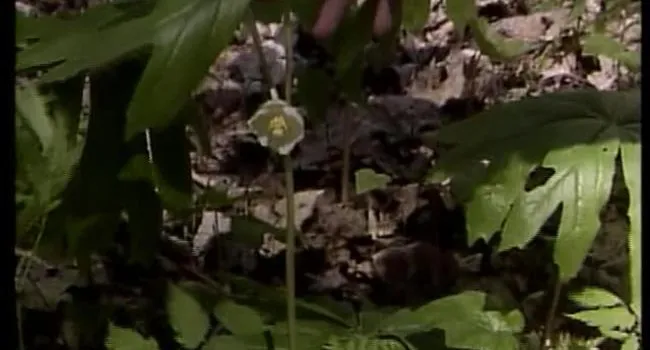
Video
Another characteristic of this forest which makes it unique is that it is has remained relatively unchanged for millions of years. The Mayapple flower is a common flower in the area, and features an...
Video
Rudy and Jim visit Appalachian Cove, in the Blue Ridge Mountains of South Carolina. Some of the flowering plants found here have cousins nowhere else in the world except China and Japan. At this first...
Video
In the same stop, Rudy and Jim talk about the plants growing on a nearby rock: moss, Walking Fern, and another Canada Violet. On a nearby tree, Rudy and Jim find a cocoon of a Large Silkworm Moth.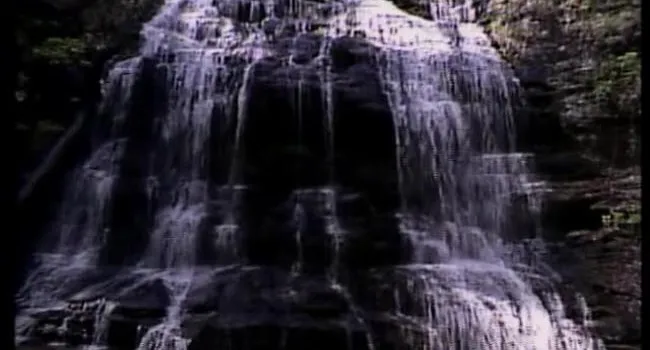
Video
The constant stream of mist coming from the waterfall at this next stop affects the variety of plants found here. The mountain, like the forest, is ancient, and the waterfall continues to wear away...
Video
At this next stop, Rudy and Jim find Canada Violets, White Trillium, Blue Cohosh, and a Green Frog can be seen close-by near the stream. Other plants which dominate the area are Yellow Buckeye trees...
Video
The increased amount of rain makes for a much more diversified forest when it comes to the tall trees in the area. Here we see the Tulip Tree, and the Understory Tree. Along the way Rudy and Jim come...
Video
Some of the trees found in the area also have blossoms. The redbud is one example. On a nearby hickory tree, Rudy and Jim come across a woodpecker called a yellow bellied sap-sucker, which has come to...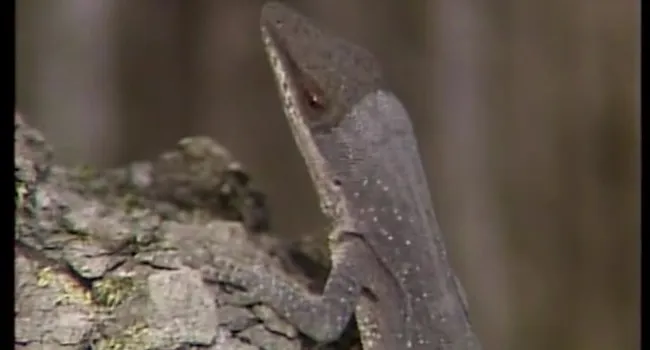
Video
In the same stop, Rudy and Jim find a species of reptile called the Green Anole lizard, and they describe the differences between a salamander and a lizard. Illustrating more of the forest’s diversity...
Video
When pieces of trees fall to the ground, nature has a way to recycle that debris. A species of mushroom known as the False Turkey Tail helps break down the rotting wood, adding nutrients to soil in...